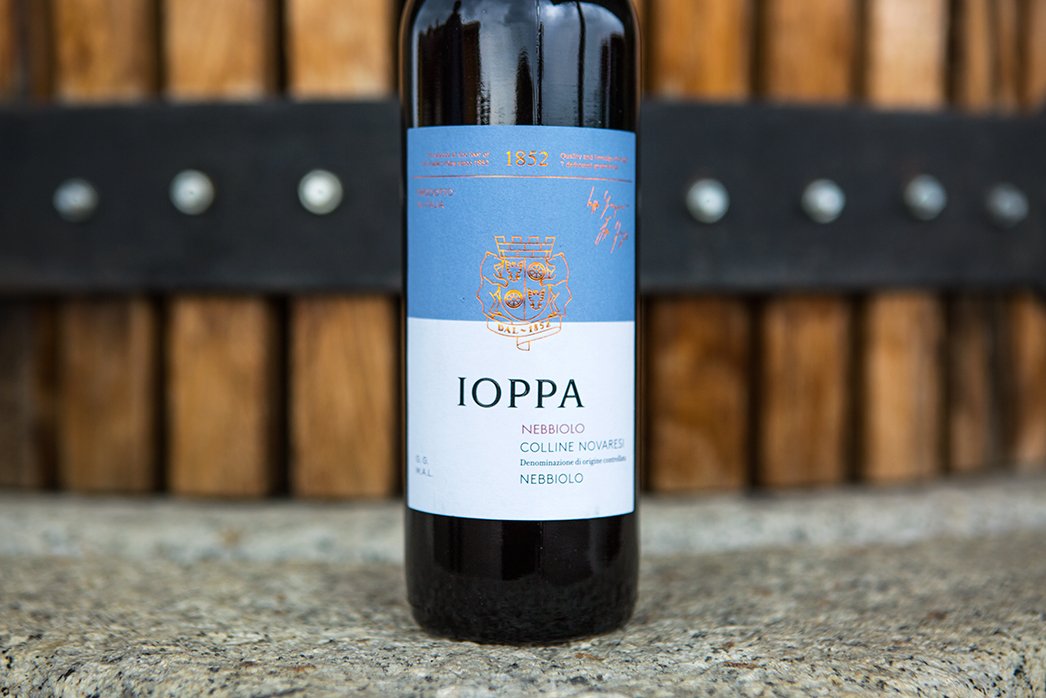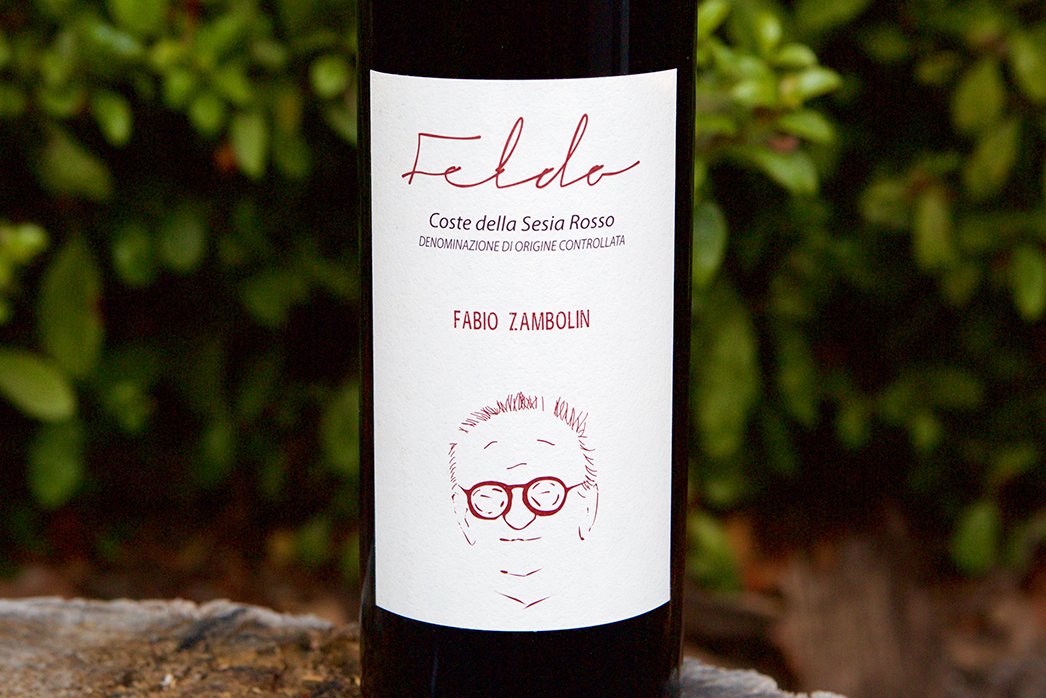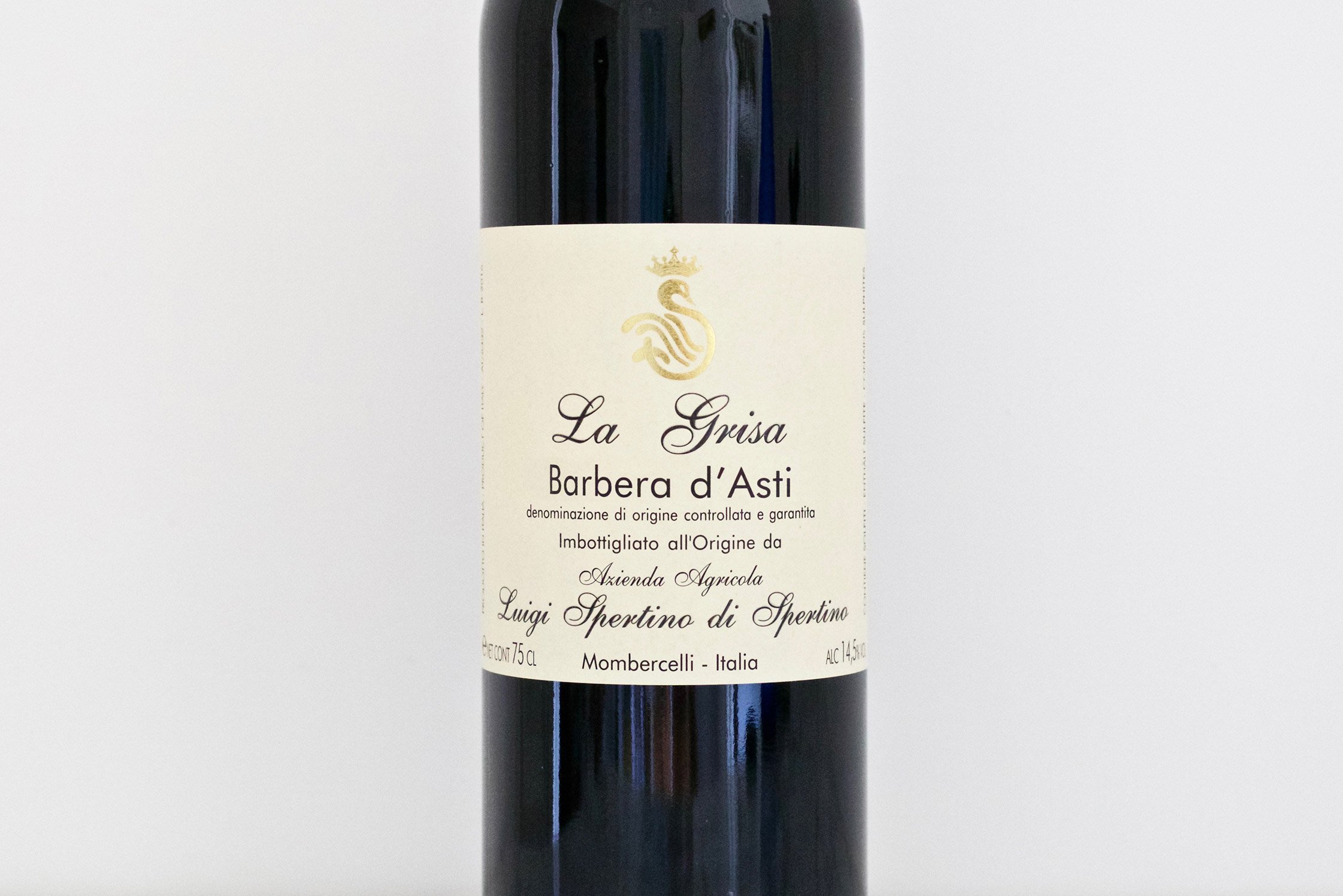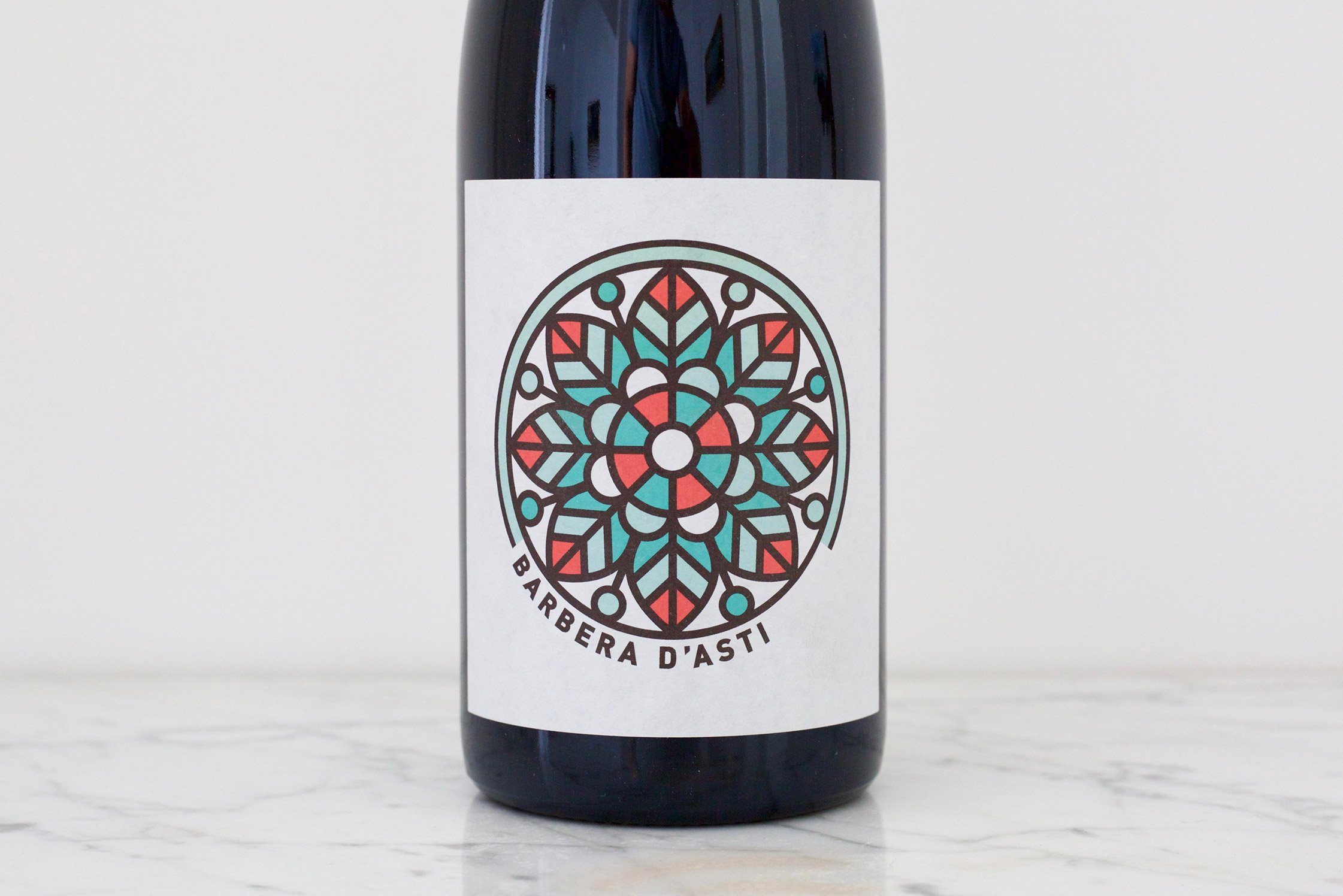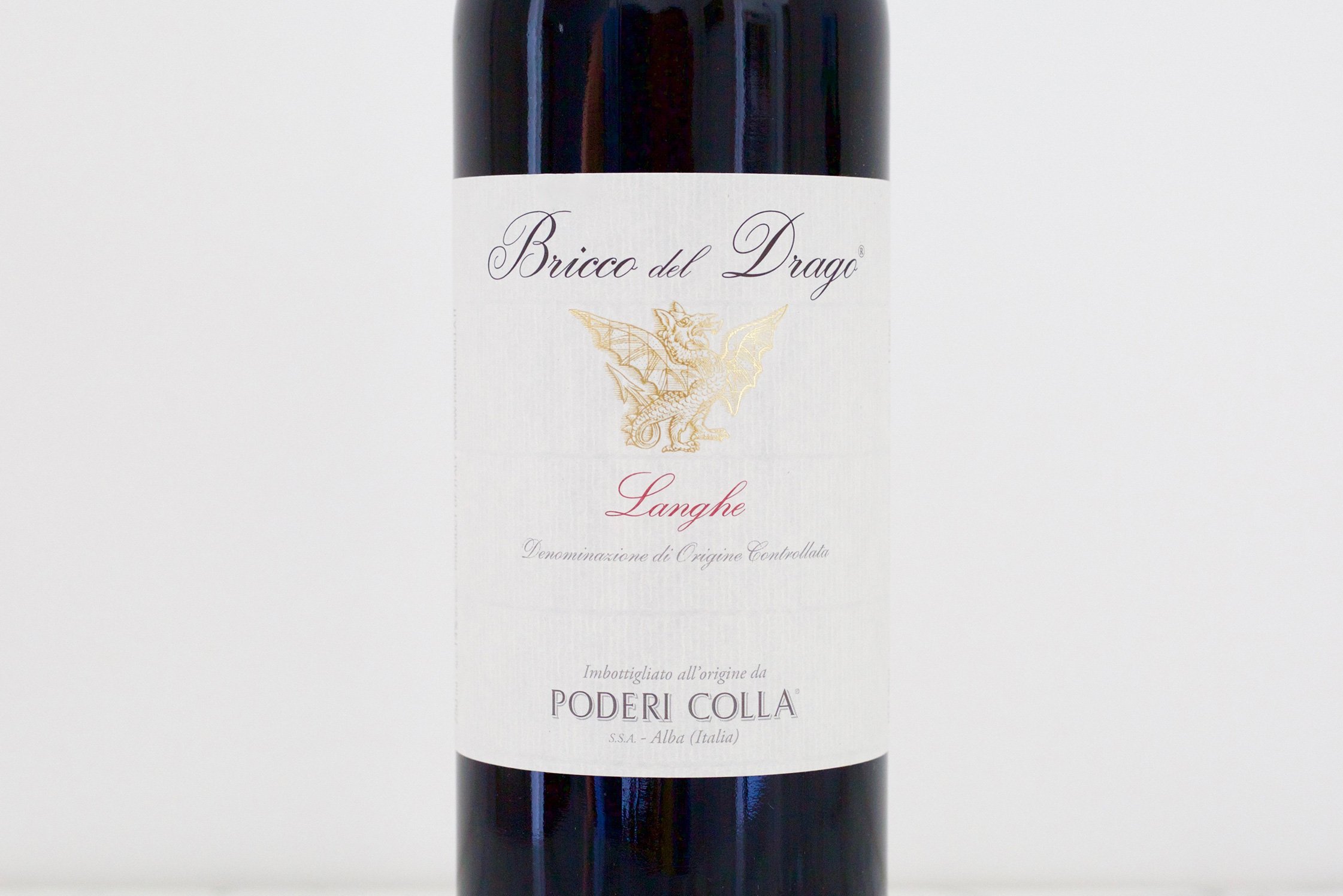My wife, Andrea, and I live in northern Portugal now, but we spent the previous year in Salerno, an ancient southern Italian port city sandwiched between the Amalfi and Cilento coasts. We just received a few care packages from some good friends over there; you know, the usual provisions, like Amalfi Coast lemons, anchovies and colatura from Acqua Pazza, our favorite restaurant in Cetara, flour from Caputo, a Napoli-based flour mill (Andrea has taken on pizza making), parmigiana and canned San Marzano tomatoes. But maybe the grand prize was the organically grown tomatoes from volcanic soils, peeled and preserved by one of our great winegrowers in the Basilicata, Madonna delle Grazie. Suffice it to say, we’re so grateful for what the Italians have brought to our lives.Personally, I’ve never experienced a wine culture as committed to wine’s place at the table with food than Italy. While they have plenty of cantinas that have explored the merits of a wine independent of how it pairs with a given meal, most of the country remains as true to its diverse culinary heritage, with wine as the secondary concern at the table.
Wine is food—a true and lasting Italian perspective. It’s treated more like an ingredient for what is served up for lunch and dinner. Many Italian wines meant for food won’t bring the same level of inspiration as others when tasted or imbibed alone, but with the right combination of food and wine, the experience of both can be irrefutably heightened. Since we know you’re likely exploring your kitchen, trying recipes that you haven’t done before—probably involving the occasional pasta, pizza, braised meats or full-flavored vegetable dishes inspired by Italian cuisine—we’ve assembled a short list of six wines that will enhance your meal. They are all reds from Piemonte, that place in the northwest we like to think of as our second home in Italy for food, but the first for wine.
We start with the most elegant wine in the bunch, Luigi Spertino’s Grignolino d’Asti. Mauro, Luigi’s son, is in control of the family operation now, and I like to refer to him as The Alchemist of Asti. He is one of the most artistic and technical craftspeople in our entire collection of growers, and the diversity and skill demonstrated throughout his range forecast the inevitability of his future place among other Italian luminaries. His rendition of this typically easy quaffing wine that pairs magically with more elegant food is nothing short of spectacular. The aromas are almost theatrical in their exuberant display of personality; they’re mercurial, hypnotic and beguile with scents of Aperol, Persian mulberry, lemon zest, orange peel and exotic spices. The palate is fine, fresh, light and taut with a cool, nectary finish that binds everything into perfect harmony. There are few wines as lovely to drink as this and while it seems like a wine from another dimension, it maintains an unmistakable Piemontese taste. It’s one of my absolute favorite wines in our collection. (Please note that Mauro says that this wine is not meant for the long haul in the cellar, so don’t wait too long once it’s in your hands.)
Though Alto Piemonte is quite different from the Langhe—home to the famous Barbaresco and Barolo—Nebbiolo is also king; in fact, this northern territory, where Ioppa’s Nebbiolocomes from, is one Nebbiolo’s historical starting points. Despite sharing the same noble grape, there are many differences between these two Nebbiolo-focused areas that render quite different wines. In the Alto Piemonte, located at the foot of the famous alpine mountain, Monte Rosa, precipitation is significantly higher; it’s colder, and the growing season longer. The soils are nearly the complete opposite too. The Langhe is white limestone soil and soft bedrock, which leads to more power, and the Alto Piemonte is more elegant and perhaps more minerally (and metallic in a refreshingly delicious way) and is mostly igneous-derived soils, like porphyry, volcanic sands, and in the case of this wine, glacial moraines, alluvial sands and cobbles derived from what appears to be granite. These differences bring much more elegance to the Nebbiolos from the north. This organic wine from the Ioppas is supremely elegant and its time spent exclusively in stainless steel accentuates its natural and bright personality.
Continuing on with the Alto Piemonte, we have Fabio Zambolin’s Costa della Sesia “Feldo.” Named after Fabio’s mild-mannered grandfather, Feldo is a blend of ancient Piemontese red grapes and is the ultimate party wine for an Italian feast. It has gobs of festive aromas and flavors (at least compared to other wines in an area known for often producing more solemn, strict wines in their youth), with not a single dash of pretension—it’s well-made Northern Italian glou glou. Its rustic, playful flavors evoke those of an ancient Italian culture and are perfect for full-flavored food, like cured ham, braised meat, pasta and pizza. There’s a lot of seriousness tucked in there too—no surprise considering the perfectionism with which these guys organically farm their vineyards and work in the cellar. It’s a blend of 70-year-old vines on a single acre plot mixed with 50% Nebbiolo (the serious and noble side), 25% Croatina (the rustic and jovial barbarian) and 25% Vespolina (one of Nebbiolo’s rough around the edges parents that brings even more expanse and aroma to the wine). As I’m now entering my twenty-fifth year of obsession with wine, I am much more open to blended grapes than I used to be. Perhaps it’s just a phase, but when considering the effects of a terroir (the bedrock, soil, climate, etc.) the grapes just don’t seem as important to me as they used to be. Ancient terroirs and intuitive caretakers chose the grapes that best express their regional characteristic traits, not the other way around. Feldo is a beautiful expression of this unique terroir of volcanic sands that were beachfront property a few million years ago.
I just can’t help putting two of Mauro Spertino’s wines in this lineup because they are just so darn compelling. The Luigi Spertino Barbera d’Asti once again demonstrates his alchemistic touch and the unique signature on his wines. I never imagined that a Barbera could taste and evoke such emotion like Mauro’s. He’s somehow managed to create duality between bright light and deep darkness in the same wine. It’s aged for half a year in old 5000-liter botte and expresses aromas of a thick, dank and fresh wet green forest, with taut but mature wild black berries, black currant and a potpourri of underbrush. The palate is powerful, supple and refined, like the final polish on a marble sculpture. The naturally bright acidity inherent to Barbera keeps this brooding wine in perfect harmony. Like all of Mauro’s wines, this is singular unto itself and must be experienced, just like the next Barbera in our lineup from Dave.
Between Mauro Spertino and Dave Fletcher (an Aussie transplant with a serious affinity for Nebbiolo and other grapes from the Langhe), they’ve given Barbera a fun and welcome new face. While I spoke of easy to drink and classic Italian wines, Fletcher Barbera d’Alba took a soft left turn, Mauro’s took a slight right, and most everyone else kept on straight. While Dave’s Nebbiolo wines (including a smoking, small production Barbaresco stable, check them out here) are made with little deviation from tradition, he wanted to bring to Barbera a little more crunchy fruit characteristics, making for a wine that delivers instantly to the drinker instead of the slower evolution needed from a more traditionally-styled Barbera, or what Mauro’s wine would bring. The grapes are hand harvested and fermented with a third of their whole clusters—a method of production that makes this wine atypical for these parts. The result is something wonderful. It’s lively on its own and still perfect with food (just as Barbera always is) but has a little more in the afterburner once the food is gone. I love this wine, and Dave has done a service for this grape’s image by showing its diversity and creating something discreet that brings the aroma up just a touch to match the innate explosive freshness Barbera ceaselessly brings to the palate.
By far, our most big-time Italian grower is Poderi Colla. And while the Colla family has wines from some of the world’s greatest appellations, Barolo and Barbaresco, their small wines are as equally attended to and impressive. Dolcetto (the main grape in Poderi Colla’s Bricco del Drago) is hardwired for soft acidity, delicious richness, full flavor and impressive versatility at the table. It also happens to be the most commonly drunk wine at a family lunch or dinner in this part of Piedmont, home to the famous Nebbiolo wines, Barbaresco and Barolo. Dolcetto is one of the world’s most undervalued wines and from any decent estate—and Colla is much more than just decent—it represents the absolute best value on average in all of the Langhe for the price. Just across the road from Barbaresco territory is Cascina Drago, home to this legendary Dolcetto wine blended with 15% Nebbiolo, the historic mix for this wine since 1969. Over a special dinner, Tino, Pietro and Bruna Colla demonstrated to us Bricco del Drago’s nearly indestructible age-worthiness and breed. It was a bottle of 1970 that still appeared youthful and bright that toppled some juggernaut wines made by the late Bepe Colla next to it that were absolutely fabulous too—see the picture below. This is truly a mythical wine for the Collas and for the Langhe, and anyone with the privilege of tasting (but preferably drinking!) an old one knows this to be true.


